In decades past, the general public saw Autism Spectrum Disorder (ASD) as something that only affected children. Today, thanks to more awareness and better research, we’re starting to see autism in a new light. However, outdated diagnostic criteria, gender biases and misconceptions about what autism looks like have left countless autistic adults navigating life without a formal diagnosis. Many learn to mask their traits, mimicking neurotypical behaviors to fit into society. Masking might help in social situations, but it can be deeply exhausting, leading to constant stress, burnout and a painful feeling of never truly fitting in.
A decade-long study by the Journal of American Medical Association (JAMA) Network found autism reports in young adults have increased by 450%. In 2011, about 2.3 out of every 1,000 people were diagnosed with autism; by 2022, that number had grown to 6.4 per 1,000. Source: Autism diagnosis on the rise, according to trends study | autism Speaks This dramatic increase is more than a number. It illustrates the expanding presence of autistic adults, drawing attention to critical gaps in support and resources that still need to be filled.
For adults who begin to recognize they may be autistic, self-diagnosis is often the first step. With limited access to autism-informed providers and a medical system that struggles to identify autism in adults, many turn to research, personal reflection and the experiences of other autistic people for answers. Self-diagnosis is a valid and meaningful way for individuals to understand themselves, especially when barriers to formal diagnosis remain high.

